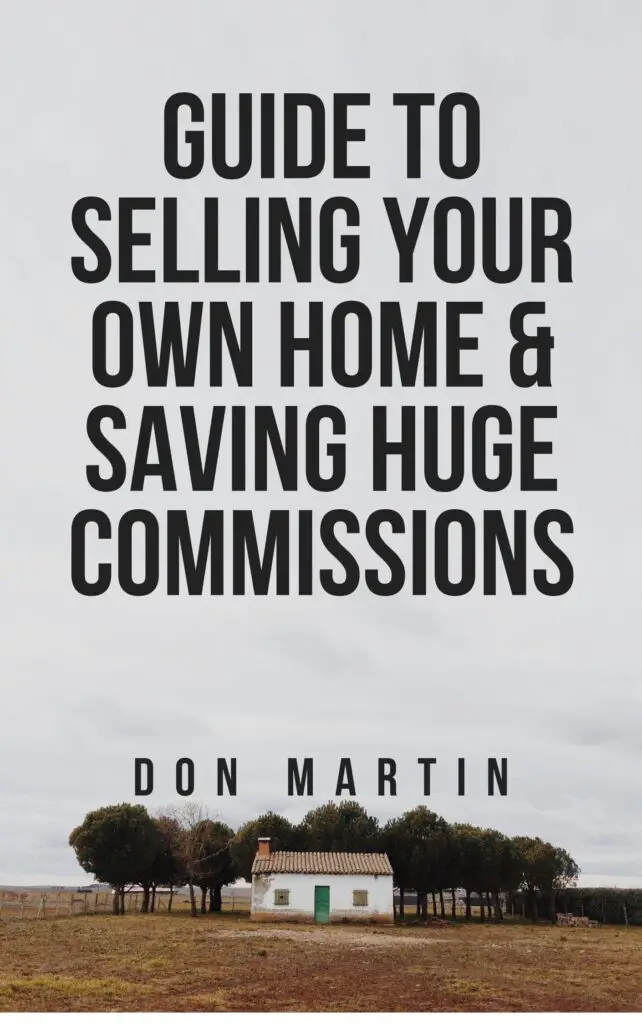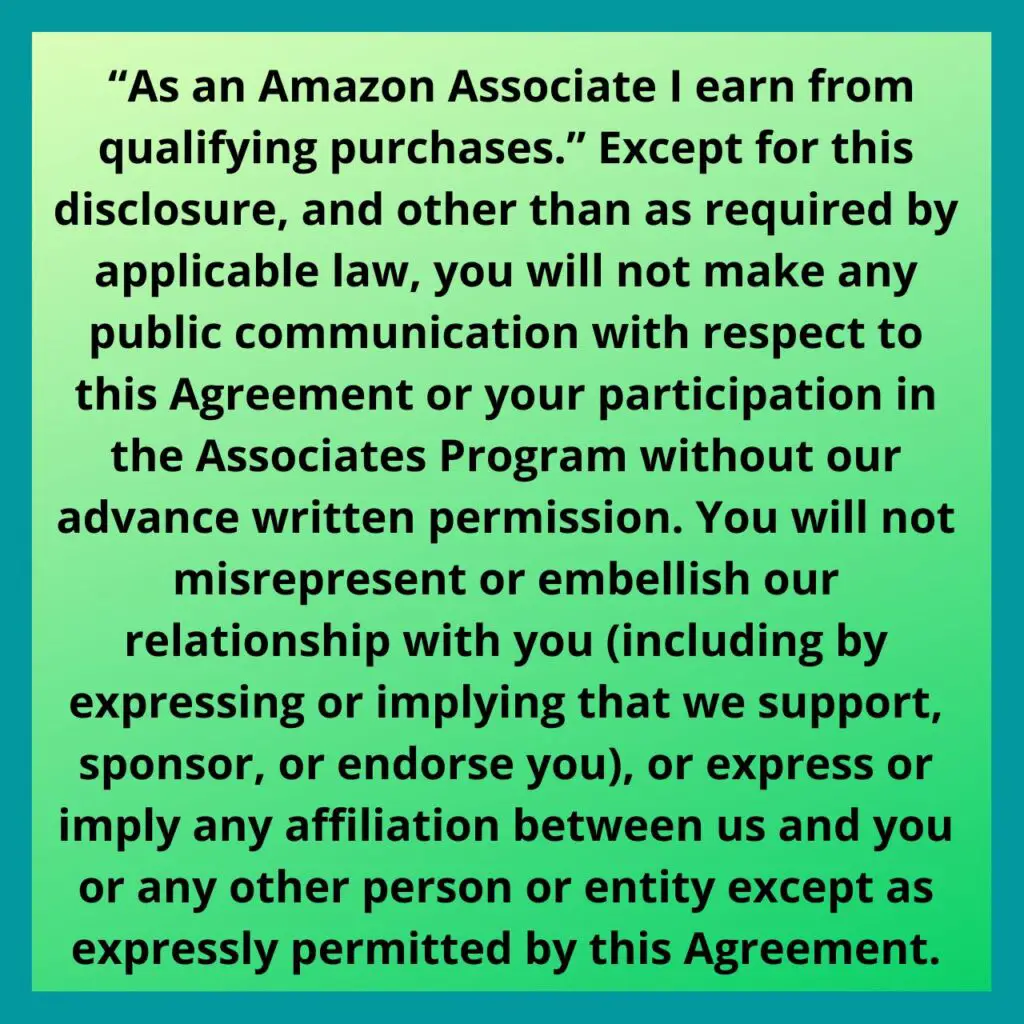Parts of this information were published here in July of 2020, and other parts courtesy of “Tackling Home Financing and Downpayment Misconceptions,” National Association of REALTORS® Economists’ Outlook blog (Jan. 7, 2022)
The majority of home buyers—87%—finance their home purchase. But some aspiring buyers may delay their purchase due to persistent myths over down payment requirements.
Thirty-five percent of consumers believe they need a down payment of 16% to 20% of the purchase price. Ten percent believe they need more than 20% for a down payment to purchase a home, according to survey data from the National Association of REALTORS®. Home price increases in the double digits over the past year alone make saving for such a large down payment an even tougher hurdle.
You’ve most likely heard the rule: Save for a 20-percent down payment before you buy a home. The logic behind saving 20 percent is solid, as it shows that you have the financial discipline and stability to save for a long-term goal. It also helps you get favorable rates from lenders.
But there can actually be financial benefits to putting down a small down payment—as low as three percent—rather than parting with so much cash up front, even if you have the money available.
The article does go on to say…
However, the typical down payment is much lower. For first-time home buyers, the average down payment over the last three years has ranged between 6% and 7%, Jessica Lautz, NAR’s vice president of demographics and behavioral insights, writes on the association’s blog. –from “Tackling Home Financing and Downpayment Misconceptions,” National Association of REALTORS® Economists’ Outlook blog (Jan. 7, 2022)
THE DOWNSIDE
The downsides of a small down payment are pretty well known. You’ll have to pay Private Mortgage Insurance for years, and the lower your down payment, the more you’ll pay. You’ll also be offered a lesser loan amount than borrowers who have a 20-percent down payment, which will eliminate some homes from your search. (Take this FREE FSBO QUIZ to see if you should even try selling your own house.)
THE UPSIDE
The national average for home appreciation is about five percent. The appreciation is independent from your home payment, so whether you put down 20 percent or three percent, the increase in equity is the same. If you’re looking at your home as an investment, putting down a smaller amount can lead to a higher return on investment, while also leaving more of your savings free for home repairs, upgrades, or other investment opportunities.
THE HAPPY MEDIUM
Of course, your home payment options aren’t binary. Most borrowers can find some common ground between the security of a traditional 20 percent and an investment-focused, small down payment. Your trusted real estate professional can provide some answers as you explore your financing options.
Join our community, and subscribe/click here!
We are a participant in the Amazon Services LLC Associates Program, an affiliate advertising program designed to provide a means for us to earn fees by linking to Amazon.com and affiliated sites.
(This post may contain affiliate links, which means if you click, or make a purchase by clicking on them, I may receive a small commission, at no additional cost to you, that will help me continue to bring you valuable content. To that end, not all of the items on this page are affiliate links, as that is not a requirement to be on this page. Thanks for your support!)
Please let me know if you want more info about any specific topics.
Disclaimer | Privacy Policy | Terms of Use












